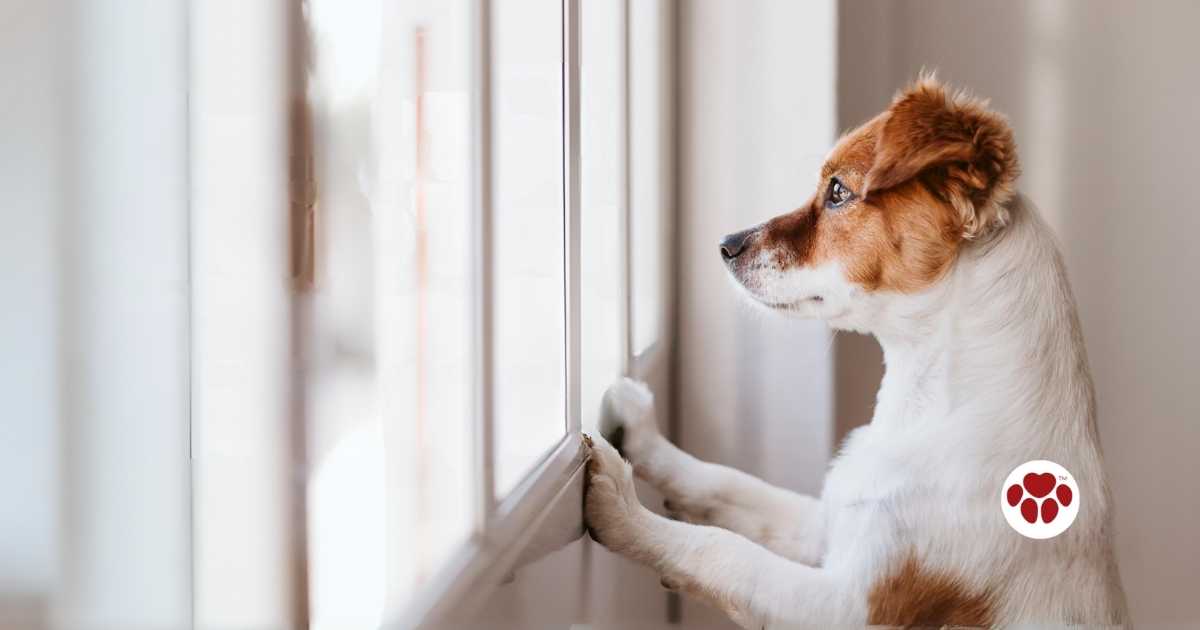
Expert Tips to Help Your Dog Thrive When You're Apart
|
|
Time to read 8 min
|
|
Time to read 8 min
Separation anxiety in dogs can manifest in various ways, including destructive behavior, excessive barking, and even self-harm. However, with the right strategies and a little patience, you can help your pup feel more secure and comfortable when you're not around.
In this article, we'll explore techniques recommended by experts to conquer separation anxiety in dogs which includes:
Say goodbye to the guilt and stress of leaving your furry friend alone. With these expert tips, you can create a harmonious and anxiety-free environment for your dog even when you're not there.
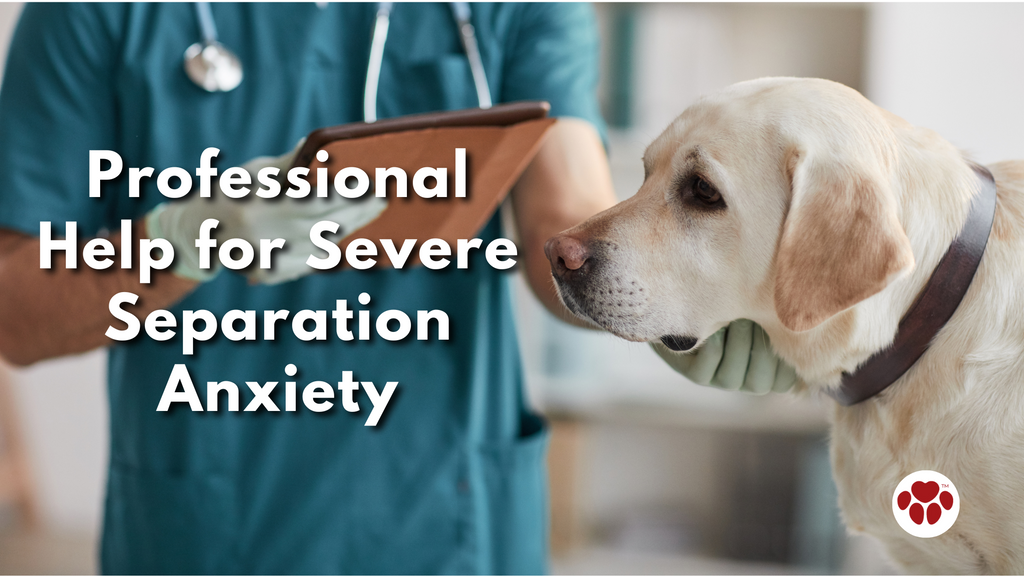
Separation anxiety in dogs can range from mild distress to severe panic. If your dog exhibits extreme behaviors like destructive chewing, excessive drooling, or self-inflicted pain, it's crucial to seek professional help.
A certified dog behaviorist or trainer can assess the severity of your dog's separation anxiety and develop a personalized behavior modification plan. Professional help often involves:
With these techniques, your dog learns to associate positive experiences with your absence (Poggiagliolmi, 2018). This process takes time and patience, but with the guidance of an expert, you can help your pup overcome their anxiety and feel more secure when you're not around.
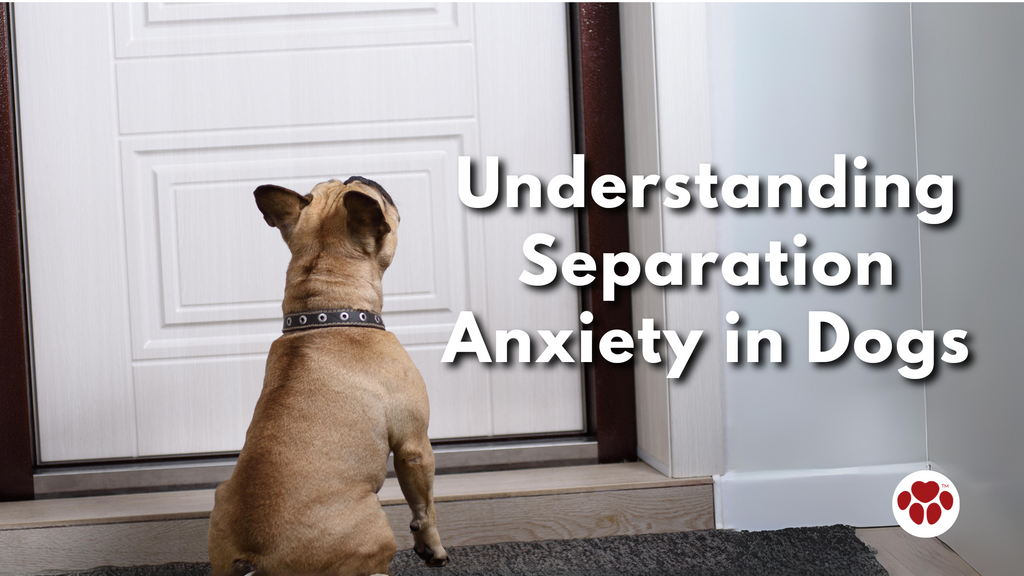
To effectively address separation anxiety, it's important to understand its underlying causes. Dogs are pack animals, and they have a natural instinct to be with their family (Courchamp and Macdonald, 2006).
When they're left alone, they may experience fear and anxiety, thinking they've been abandoned. Separation anxiety can also be triggered by major life changes (Flannigan and Dodman 2001), such as a move to a new home or the loss of a family member.
It's essential to remember that separation anxiety is not a reflection of your dog's obedience or love for you (Schlehahn, 2018). It's a genuine condition that requires patience, understanding, and the implementation of appropriate strategies to help your dog feel more secure and comfortable when you're away.
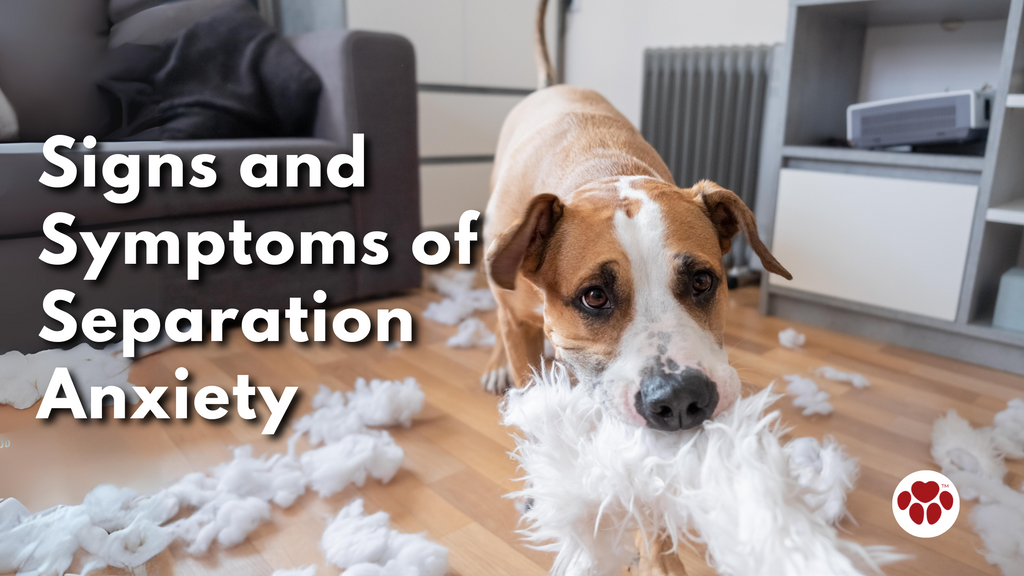
Separation anxiety can manifest in various ways, and it's important to recognize the signs so you can address them promptly. Some common signs of separation anxiety in dogs include:
If your dog displays any of these behaviors consistently when you're not around, it's likely they are suffering from separation anxiety (Grzyb, 2019). Recognizing these signs is the first step towards helping your furry friend overcome their anxiety and live a happier, more relaxed life.
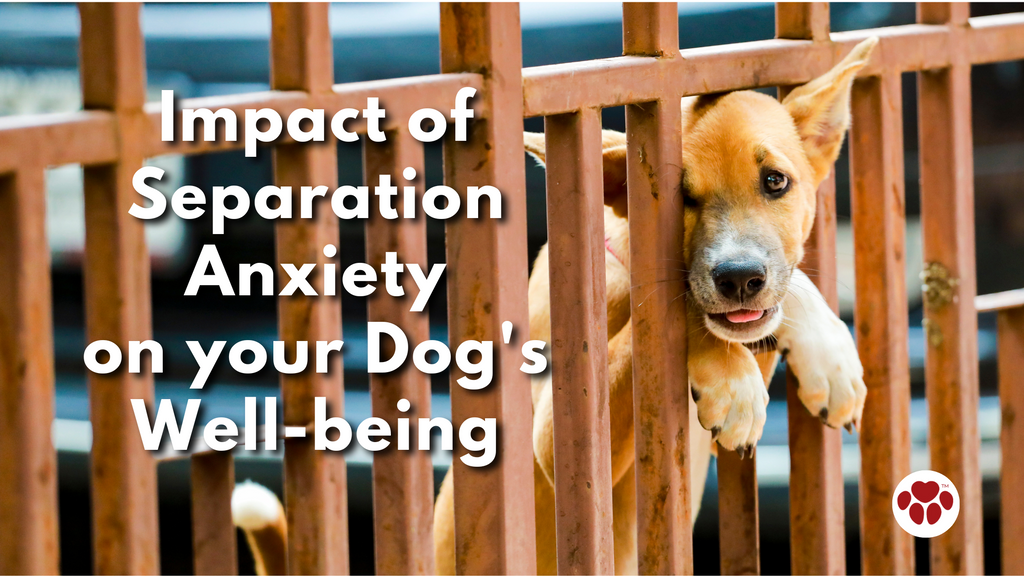
Separation anxiety can have a significant impact on your dog's overall well-being. Dogs with untreated separation anxiety may experience chronic stress, which can lead to physical health issues like digestive problems and weakened immune systems (Sherman and Mills, 2008).
Additionally, their behavior issues can strain your relationship with them and negatively impact their quality of life. By addressing your dog's separation anxiety, you not only improve their emotional well-being but also create a more harmonious household. It's essential to invest the time and effort into helping your dog feel safe and comfortable when you're apart, as it will greatly benefit their overall happiness and health.
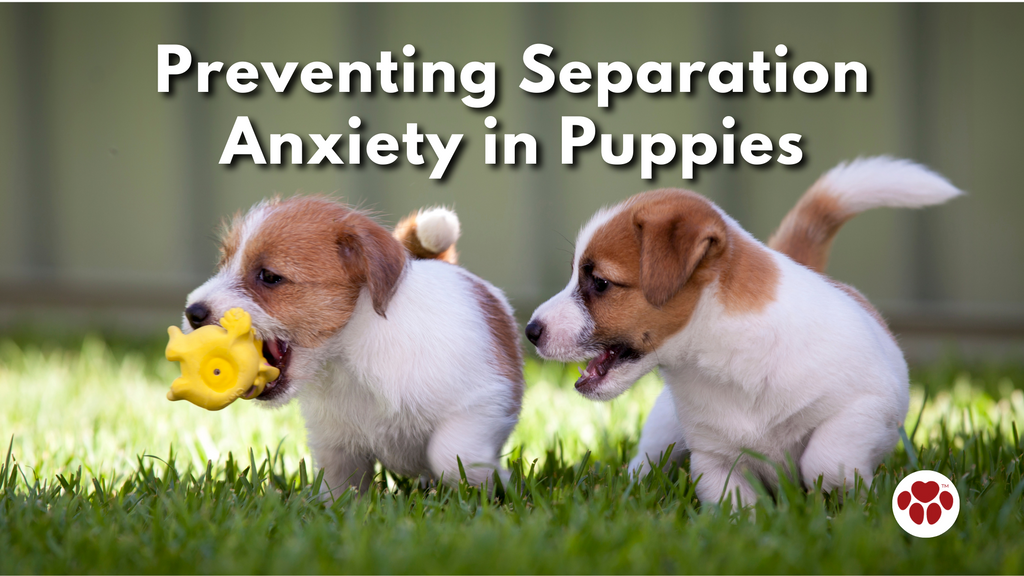
Prevention is always better than cure, and the same applies to separation anxiety in dogs. If you have a puppy or are planning to get one, there are several strategies you can implement to prevent separation anxiety from developing:
By implementing these preventative measures, you can set your puppy up for success and minimize the risk of separation anxiety as they grow older.
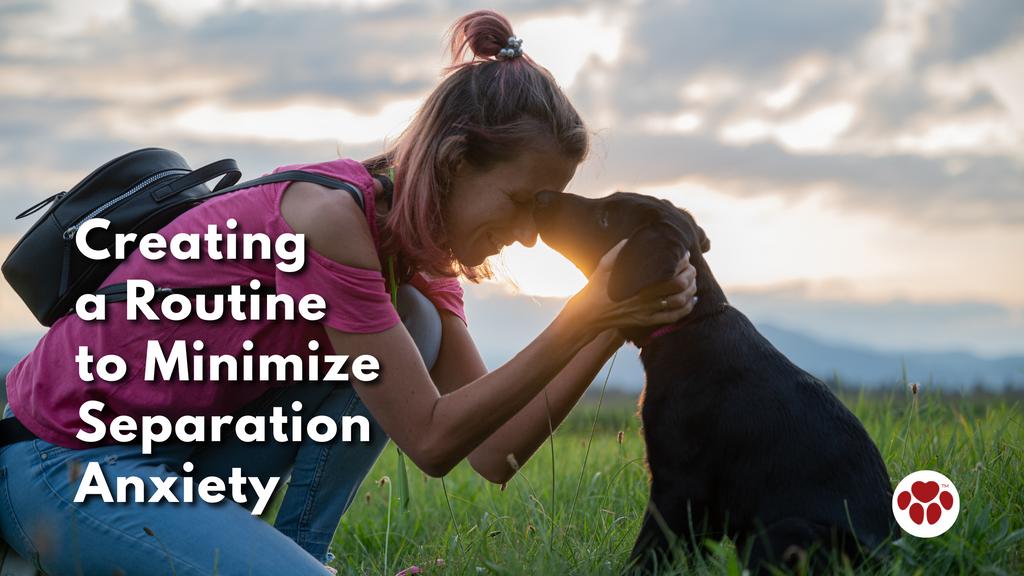
Dogs thrive on routine and predictability. The 2022 study of Luna-Cortés showed that consistent dog routine is associated with reduced behavioral problems, higher owner satisfaction, and reduced intention to abandon the dog. Establishing a consistent schedule can help reduce their anxiety when you're not around. Here are some tips for creating a routine:
By implementing a routine, you provide your dog with a sense of structure and predictability, which can greatly alleviate their separation anxiety. According to the research study of Papuc, Deac, and Purdoiu’s in 2013, using behavioral therapy as a method of treatment of separation anxiety in dogs caused a decrease in serum cortisol levels, indicating a decrease in stress level.
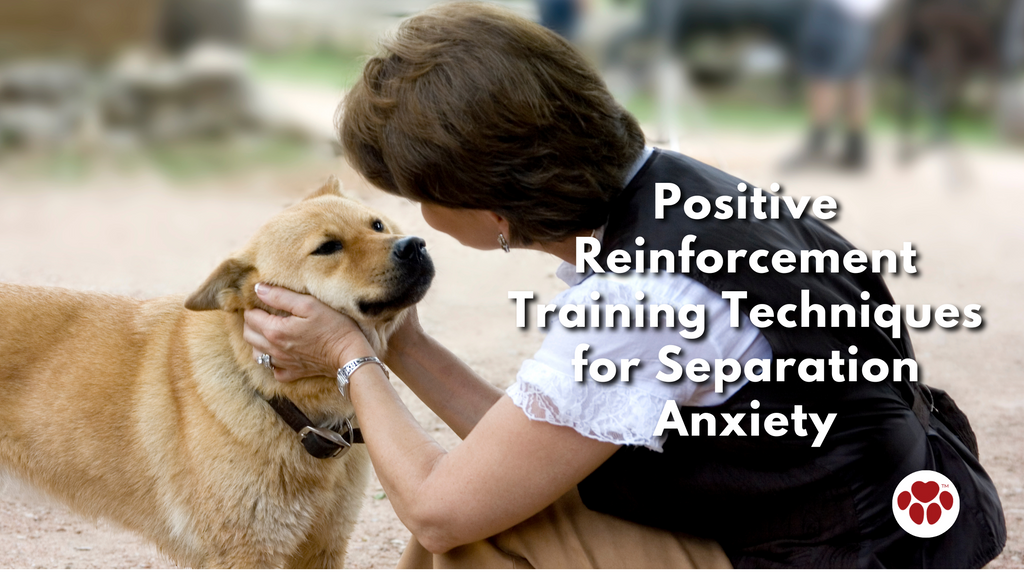
Positive reinforcement is a powerful tool when it comes to training dogs and addressing separation anxiety. It can be inferred from the study of Hiby, Rooney, and Bradshaw, in 2004 that positive training methods, such as rewards, are more effective for dog obedience and welfare, while punishment may increase problematic behaviors without concurrent benefits in obedience.
Instead of punishing your dog for their anxious behaviors, focus on rewarding calm and relaxed behavior. Here are some positive reinforcement techniques to try:
By using positive reinforcement techniques, you can help your dog develop a positive association with your absence and gradually reduce their separation anxiety.
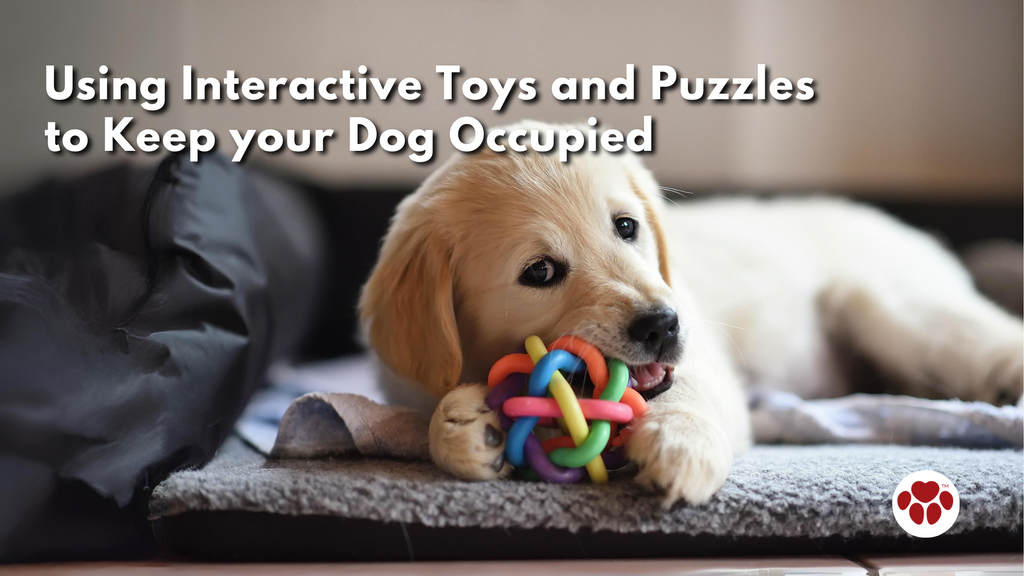
One effective way to keep your dog occupied and entertained when you're away is by providing them with interactive toys and puzzles (Horwitz, 2024). These toys stimulate their minds, challenge their problem-solving skills, and keep them engaged. When choosing interactive toys, consider the following:
Interactive toys and puzzles can be a great way to redirect your dog's focus, alleviate their anxiety, and prevent boredom when you're not around.

In recent years, CBD has gained popularity as a potential remedy for various ailments in dogs, including separation anxiety. CBD, or cannabidiol, is a compound derived from the hemp plant that is known for its calming and anti-anxiety properties (Corsetti, et al, 2021).
When considering CBD for your dog, it's essential to consult with your veterinarian to ensure it's safe and appropriate for your pet.
In addition to CBD, there are other natural remedies that can help alleviate separation anxiety in dogs. These include:
Remember, natural remedies should always be used under the guidance of a board-certified holistic veterinarian to ensure their safety and effectiveness for your dog. However, some veterinarians are not open to the idea of using alternative natural remedies hence pet owners should take full responsibility when opting to take this route to help their dogs.

Leaving your dog alone doesn't have to be a source of guilt or stress. By implementing these expert tips, you can create a harmonious and anxiety-free environment for your dog, even when you're not there. Seek professional help for severe cases, understand the root causes of separation anxiety, and establish a routine that provides structure and predictability for your dog.
Use positive reinforcement training techniques, keep them mentally engaged with interactive toys, and consider natural remedies like CBD to alleviate their anxiety. With patience, understanding, and a little extra effort, you can help your dog thrive and feel more secure when you're apart.
Remember, every dog is unique, and what works for one may not work for another. It's important to tailor these tips to your dog's specific needs and consult with a professional if necessary. With time and dedication, you can conquer separation anxiety and create a loving, stress-free environment for your furry friend.